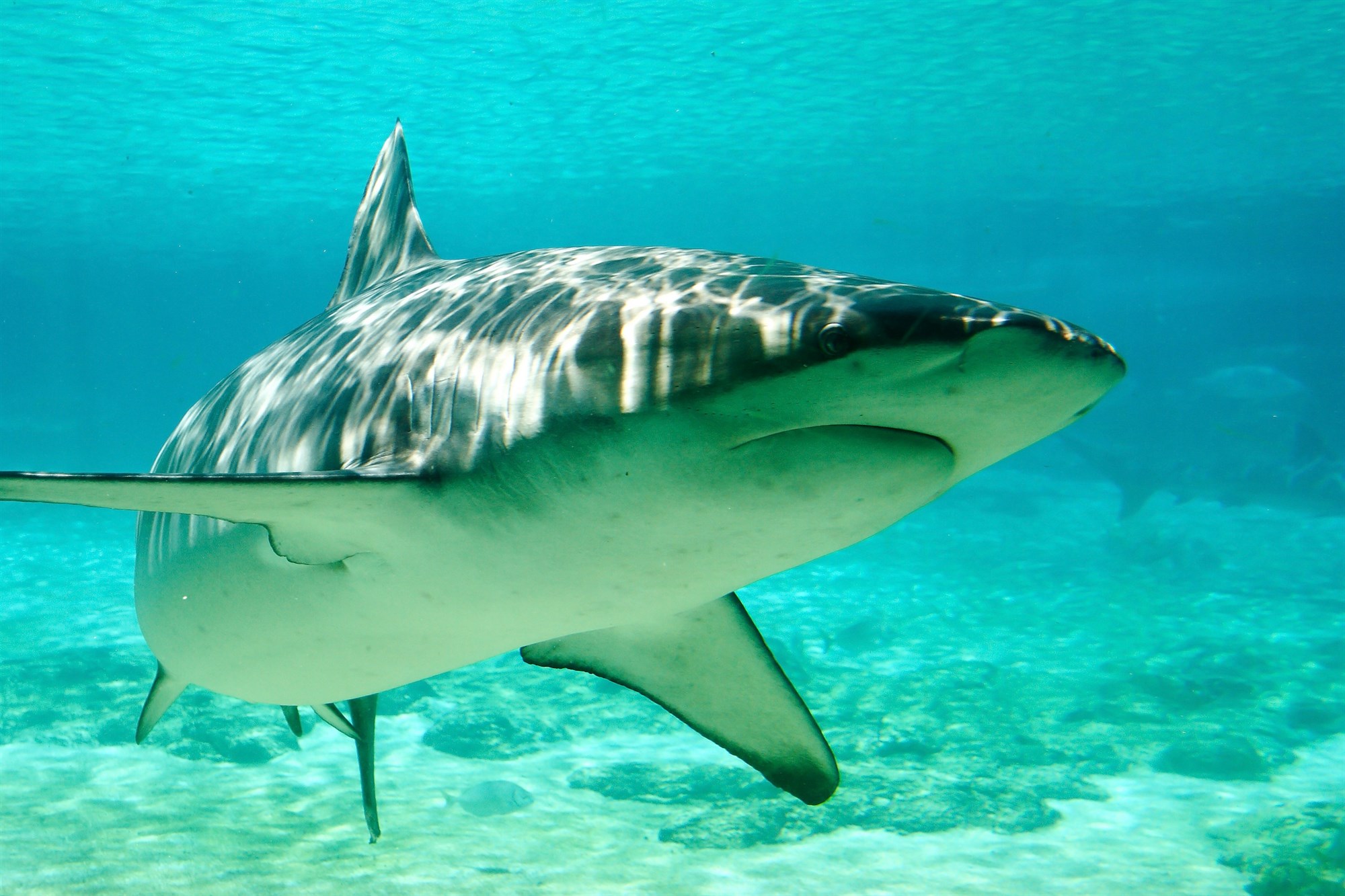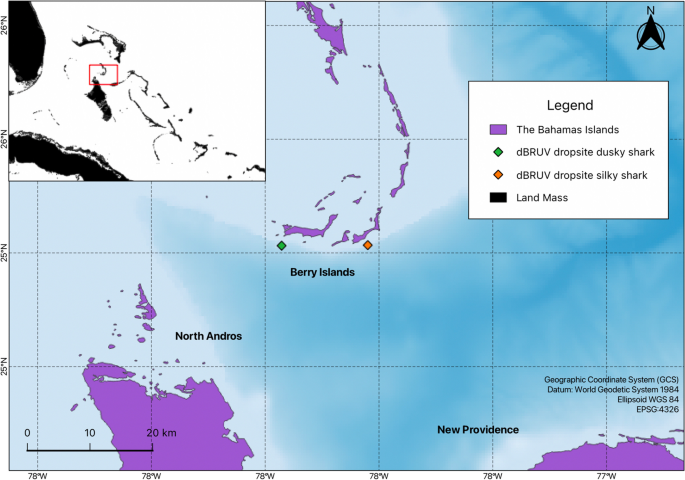News

Sharks Dive Deeper Than Previously Known
Deep-water basins in The Bahamas are excellent locations when studying pelagic sharks and how they connect surface and deep ocean through vertical behaviour. Studying sharks’ behaviour can otherwise be tricky due to logistic challenges when locating individuals in the deep ocean.
Deep-sea landers equipped with temperature and depth loggers
Researcher at Beneath The Waves and University of Rhode Island, USA, used customized deep-sea landers to study pelagic sharks in The Bahamas. The surveys were conducted using several free-falling, deep-rated baited remote underwater video systems, called dBRUV. The system included a camera, LED lights, bait-cage, and an acoustic weight-release system mounted on a frame, together with a Star-Oddi Starmon TD temperature and depth logger. At the end of deployment, the dBRUV systems were released on command and all were located and retrieved at the surface.
Sharks observed at novel depths
The surveys targeted a depth range of 300-1000m along the reef wall approximately 10 km east of Chub Cay, Bahamas. One of the dBRUV systems was during a deployment at a depth of 470 m, recording a total of 487.95 minutes when a female subadult silky shark (Carcharhinus falciformis) was monitored making three quick passes. The bottom temperature measured by the Starmon TD was 15.79°C. During another deployment of a dBRUV system, an adult male dusky shark (Carcharhinus obscurus) was observed making 30 passes during 2.95 min at 767 m depth. The bottom temperature here was 9.22°C. This dusky shark bumped the lander several times causing it to slide down the slope about 30 meters to a deeper silt platform. This sliding movement was measured and determined by the Starmon TD temperature and depth logger.

Deep dives possibly more common than expected
The novel depth data presented in this study increase the knowledge of marine predatory sharks’ behaviour in mesopelagic ocean, something which is lacking in this ocean region. The previously known depth record for the dusky shark was 573.3 m and thus the 767 m is a new depth record for the species. Both dusky sharks and silky sharks prefer shallow depth of 0-100m and spend 99% of their time there. However, due to oceanic warming, sharks may be frequenting the deep-sea as a thermal refuge by seeking cooler waters. The scientists of this study recommend further research on this matter.
The paper was recently published in Environmental Biology of Fishes and can be found here